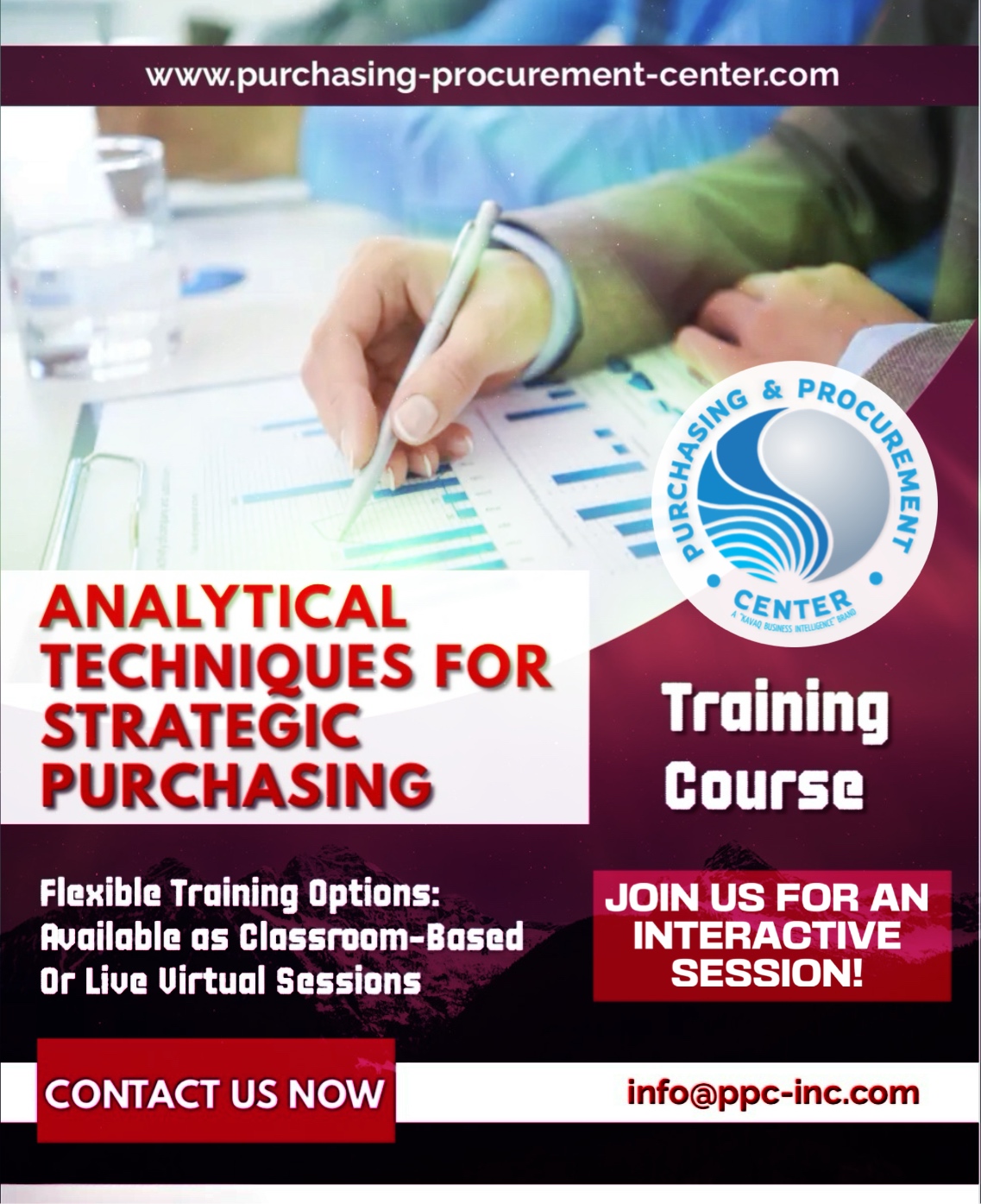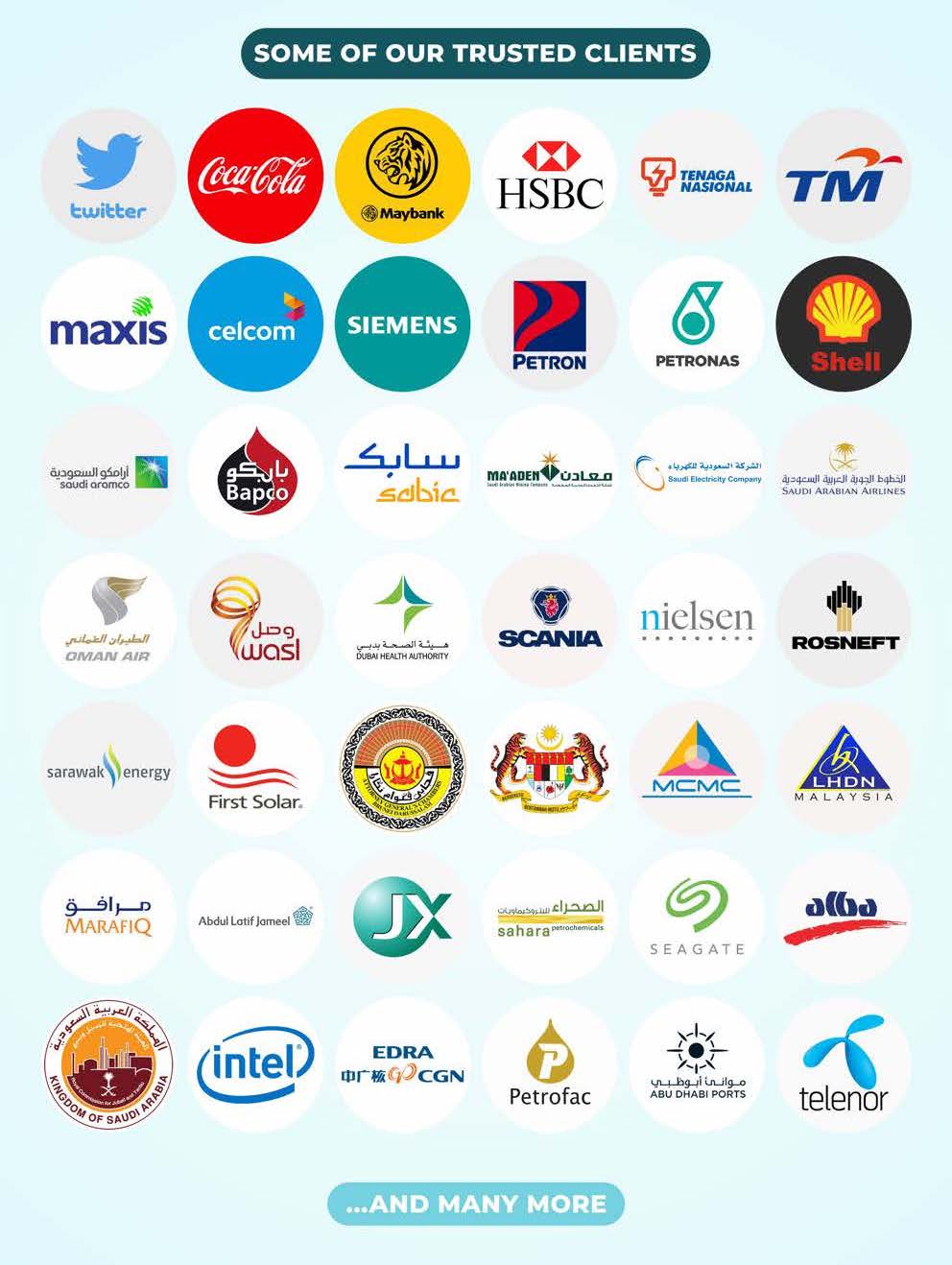ESSENTIAL ANALYTICAL TECHNIQUES FOR STRATEGIC PURCHASING IN THE NEW NORMAL

PROGRAM SUMMARY & COURSE OBJECTIVES
Supply Management is about buying the right thing, at the right time, at the right quality, at the right price, from the right supplier, in the right way. To do these steps "right" requires skill sets in many analytical techniques. This fast-paced program covers many of the basic analytics that purchasing and contract personnel use to obtain maximum value for their organizations.
Upon completion of this seminar, participants will know:
- The value of Producer Price Indexes
- 6 Steps in developing a Purchase Price Index
- Elements of Cost that make up the supplier's price
- How Indirect Cost Are Determined And Allocated
- The analytics of evaluating supplier prices
- What is a fair and Reasonable Profit
- Developing "Should Costs"
COMMENTS FROM PREVIOUS ATTENDEES
"It was great to get first hand anecdotes from Robi while applying them to the best practices that he was teaching. This helped me to better understand and relate to the concepts and techniques. It also helped me to think more about how I conduct myself as a buyer."
"It was the best training I ever had! I appreciated not only the fruitful content but also the example from trainer’s own experience. Very interesting and informative."
"It was well organized and flowed nicely. Far from boring! I enjoyed the stories that enabled the principles to be applied.“
WHO SHOULD ATTEND?
- Contracts, Purchasing, Procurement Personnel, Supply Management
- And all others involved in the planning, evaluation, preparation, and management of purchasing, tenders, and contracts that cover the acquisition of materials, equipment, and services, and who are in organizations whose leadership want high levels of competency in those involved in these activities.
TRAINING METHODOLOGY
Participants will increase competencies through various instructional methods, including lectures by an experienced practitioner and consultant, exercises, and group discussions covering current practices and their relationship to implementing new concepts.
ORGANIZATIONAL IMPACT
The organization will benefit by:
- Reduced total cost for purchased goods and services
- Greater focus on strategic sourcing issues
- Better analytics to support procurement decisions and strategies
- A greater level of professionalism and skills in those involved in the purchasing and contracting process
PERSONAL IMPACT
Attendees will gain by participation in this program as a result of:
- Increased skill sets in analytical processes
- A greater sense of confidence and professionalism
- Applying increased skills in all phases of the procurement process
- Improved ability to develop best practices supply management strategies
- Increased recognition by the organization due to enhanced performance
COURSE SUMMARY - KEY LEARNING OBJECTIVES
Session 1: Analytics Related to Purchasing Operations
The 1st step in strategic sourcing is developing and analyzing the total spend to develop the strategies that will lead to world-class procurement performance.
Session 2: The Analytics of Strategic Purchasing
How does Senior management measure procurement performance, and how does the supply management function measure itself, particularly as it pertains to pricing performance compared to the market place.
- Key Performance Indicator for Purchasing
- Price Indexes
- Developing the Purchase Price Index
Session 3: Understanding the Suppliers Cost
One of the most critical aspects of successful negotiations is understanding the supplier's cost structure used in developing the price.
- Elements Of Cost That Make Up The Price
- How Indirect Cost Are Determined And Allocated
- What Are Fair And Reasonable Profits
Session 4: Developing Should Cost
"Should cost" estimates independently attempt to construct the supplier's cost structure. Using this analytical approach, the buyer establishes estimates for an item or service's key cost elements.
- Developing the "Should Cost" of an item
- Developing the "Should Cost" of a service


